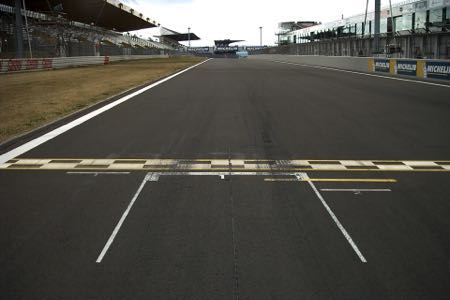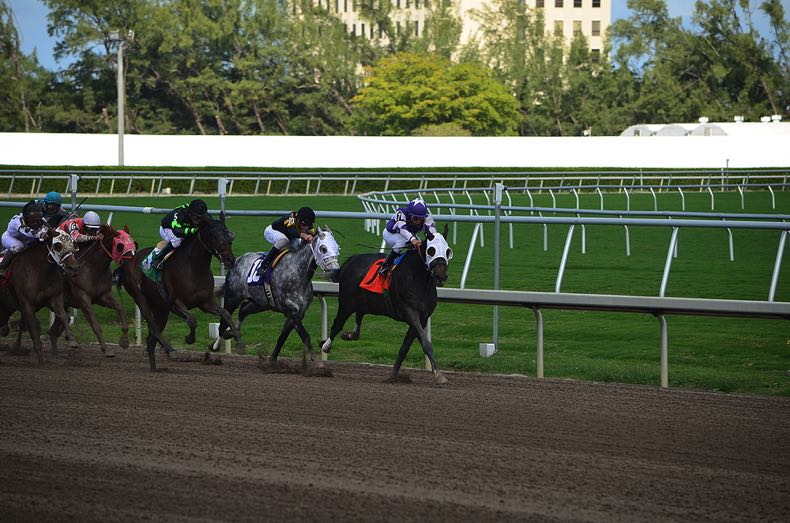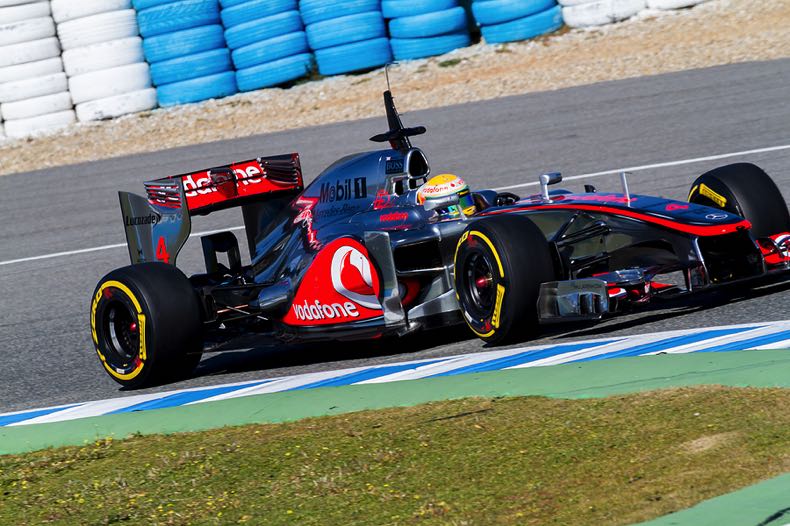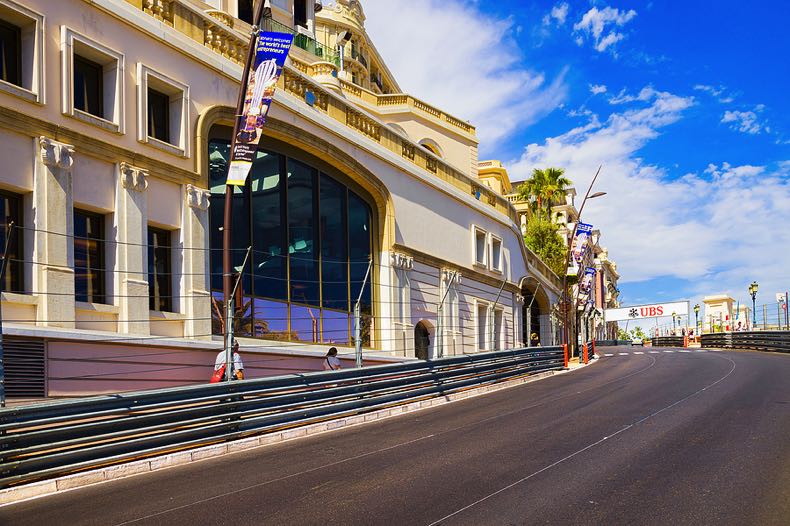
We now use the term ‘pole position’ colloquially for so many things. You may be up against someone in a job interview for example, and believe you are in pole position to get the role. As we know, however, this is a motorsports term. Here we are looking at what exactly ‘pole position’ is and why it matters so much. Essentially, ‘pole position’ is the first starting position on the grid in a Grand Prix event. The driver in pole position in a Formula One race gets to start first, if only marginally.
Drivers achieve grid position, including pole, during the qualifying sessions in the days before a race. The driver completing the fastest lap in Q3, the third qualifying session, take the pole and gets to start the race at the front of the grid. As well as starting a few yards ahead of the second car, the pole sitter is usually closer to the first turn. The pole position is placed either on the left side or the ride side of the grid, depending on the angle of the first corner in the race.
Why Is It Called ‘Pole Position’?

The term ‘pole position’ is used officially in motorsport and in general life having been taken, to the belief of most of us, from that sport. That is not the origin of the phrase, however. In fact, ‘pole position’ originated in horse racing as a term to describe a horse allowed to start on the inner pole when winning a race.
When Is Pole Position Achieved?
Though drivers can be at the head of the pack at various times during qualifying for a Formula 1 race, the actual pole position is achieved during ‘Q3’. In 2021, sprint races were introduced to Formula One. The result of the sprint race determines the starting grid positions for the race.
The winner of the sprint race was handed pole position for Sunday’s main event, though from 2022 that was changed with official qualifying counting towards pole position. As of 2023, the sprint race portion of qualifying was adjusted with a separate session taking place for the sprint.
How Much of an Edge Does Pole Position Offer?

First things first – we know that being on pole for an F1 race is an advantage. That is not up for discussion. The question really is how much of an advantage being on pole offers drivers. In terms of metres, etc., we cannot put a figure on this. Not even an average one. Formula 1 is so much more complex than many think meaning that track type, camber, temperature, car, driver and so many other variables contribute to how much of an advantage being first offers over being second and below.
Many believe that simply starting first is what hands an occasionally unassailable advantage to the pole sitter. This is wrong. What we must not forget is that the ability of the driver to get onto pole in the first place is what is most important, meaning they are also most likely to be fastest during the race. A number of stats are available, showing us that being on pole is a strong indicator of success. In the history of the sport, more than 40% of winners have come from pole position, which is quite some stat given the number of drivers involved.
The Changing Stats
That 40% figure can be used to satisfy yourself that, generally speaking, pole sitters have an advantage. Things change over time, however. In previous years, safety was not what it is now and so more crashes meant the driver on pole position not finishing the race and therefore not winning.
These days, the cars are so much more reliable, meaning that a solid driver sitting on pole is much more likely to go on and win from the front. Safety measures have also made it harder to overtake, once more cutting down on the number of drivers able to come from the back of the pack to win. Though the stats continue to evolve, drivers of the past, such as Ayrton Senna, were lucky to win half of the races in which they sat on pole. In contrast, Lewis Hamilton runs at around 60% success rate when qualifying first.
The Importance of Pole Position at Different Tracks

Much like horse racing tracks favour different types of horses (hence the phrase “horses for courses”), different F1 circuits also offer varying advantages including for those on pole position. Some tracks allow for more overtaking and more excitement, while the layout of others make it very difficult to get by meaning those at the front are more difficult to get by. An obvious example would be Monaco’s famous Monte Carlo street circuit. Around 75% of races there are won by the driver qualifying in pole position. The track is very tight indeed, thus making it hugely difficult for drivers to overtake.
While crashes can happen and overtaking can be done via pit stops, Monaco remains very much a track for drivers on pole which makes setting cars up for qualifying very important indeed. A good contrast would be Germany’s famous Nürburgring. Very few pole position drivers win here. This is a real favourite for watchers and drivers alike. It is a track which tests cars properly, meaning it is harder for teams to simply start at the front and hold everyone off.
The track is also great for overtaking which is another thing that naturally lowers the winning stats of pole position sitters. Pole position then can affect a race to varying degrees. Is the driver truly the best in the race? Is their car the best on offer? If the answer is yes and they have achieved pole, then the overall stats tell us that they are quite likely to go on and win. Much depends, however, on the track itself. You would have to be much less confident of converting a pole position into a win on a wide, overtaking track.
